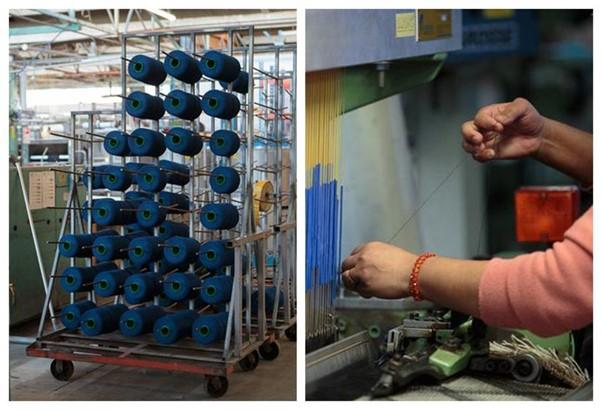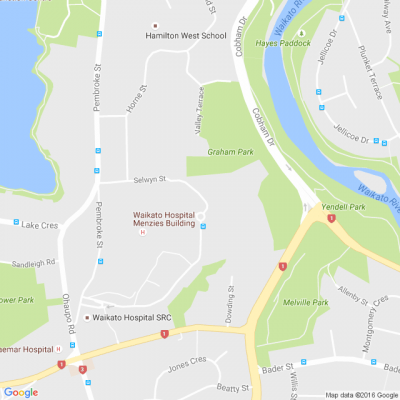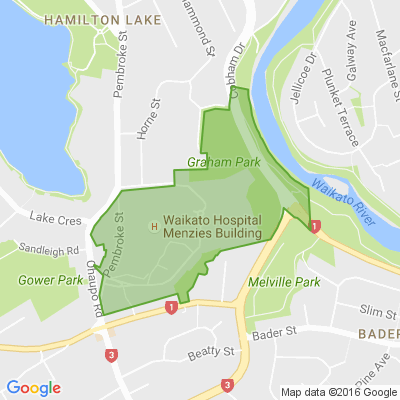The Green Side of Wool
We have a soft spot for sheep. For many, sheep are symbolic to New Zealand culture with the rearing of sheep being the backbone to the economy for many years.
Sheep farming was established in New Zealand by the 1850s and has played an important role in the economy ever since. For several decades wool accounted for more than a third of New Zealand’s exports by value with the sheep population peaking at just over 70 million in 1982.
This number is significant when comparing it to New Zealand’s human population. By 2020, sheep numbers dropped to 26 million, following a decline in profitability compared to other types of farming, particularly dairying.
While also farmed for their meat, today’s article focuses on sheep wool and its environmental attributes.
Wool is a natural and renewable resource and as long as our beloved sheep are eating the tasty green pastures from New Zealand farms they will always produce wool. Wool has amazing properties that make it ideal for many applications from home textiles through to incontinence underwear.
At this point in time, cotton and synthetic fibres are the most commonly used and produced fibres globally, however their performance does not come close to wool, in particular the environmental benefits.
From wool to yarn: The wool clip (total yield of wool shorn during one season from the sheep) is sent to the scourers where the wool is cleaned and dried, and from there to a woollen spinner where the fibre is spun into yarn. The yarn is then sent on to the manufacturer of textile products where many different processes are involved.
The yarn is wound onto dye cones and dyed to the required colours. Next the yarn is warped onto beams. These warp beams are then threaded through the looms so that the weft yarn can run across the warp to create a woven fabric.
The fabric is then inspected and then washed and dried. Very few chemicals are used in the processing, typically only water and heat.
Keep reading: www.curtainclean.co.nz...

Poll: Would you shop at a Te Rapa Pak'nSave?
The long-awaited Pak’nSave development in Te Rapa has hit another roadblock, with a speed limit reversal leaving the project “at significant risk”.
Hamilton City Council approved the supermarket with conditions including a controversial speed limit reduction to 60kph on Wairere Drive.
Would you shop at a Te Rapa Pak'nSave? Tell us your reasons in the comments (adding NFP if you don't want your words used in print).

-
75% Yes
-
0% Maybe
-
25% No
Have you come across many roadworks sites recently?
The frustration of seeing a detour sign partway through your journey on the main highways possibly the new way forward when it comes to roadworks.
One of the latest areas to have a section of the road blocked off is State Highway 1 between Putāruru to Tokoroa as part of a massive renewal project that extends down to Waiouru.
Have you come across many roadworks sites recently?

What's your favourite recipe for courgettes?
Kia ora neighbours. If you've got a family recipe for courgettes, we'd love to see it and maybe publish it in our magazine. Send your recipe to mailbox@nzgardener.co.nz, and if we use it in the mag, you will receive a free copy of our January 2025 issue.







 Loading…
Loading…








